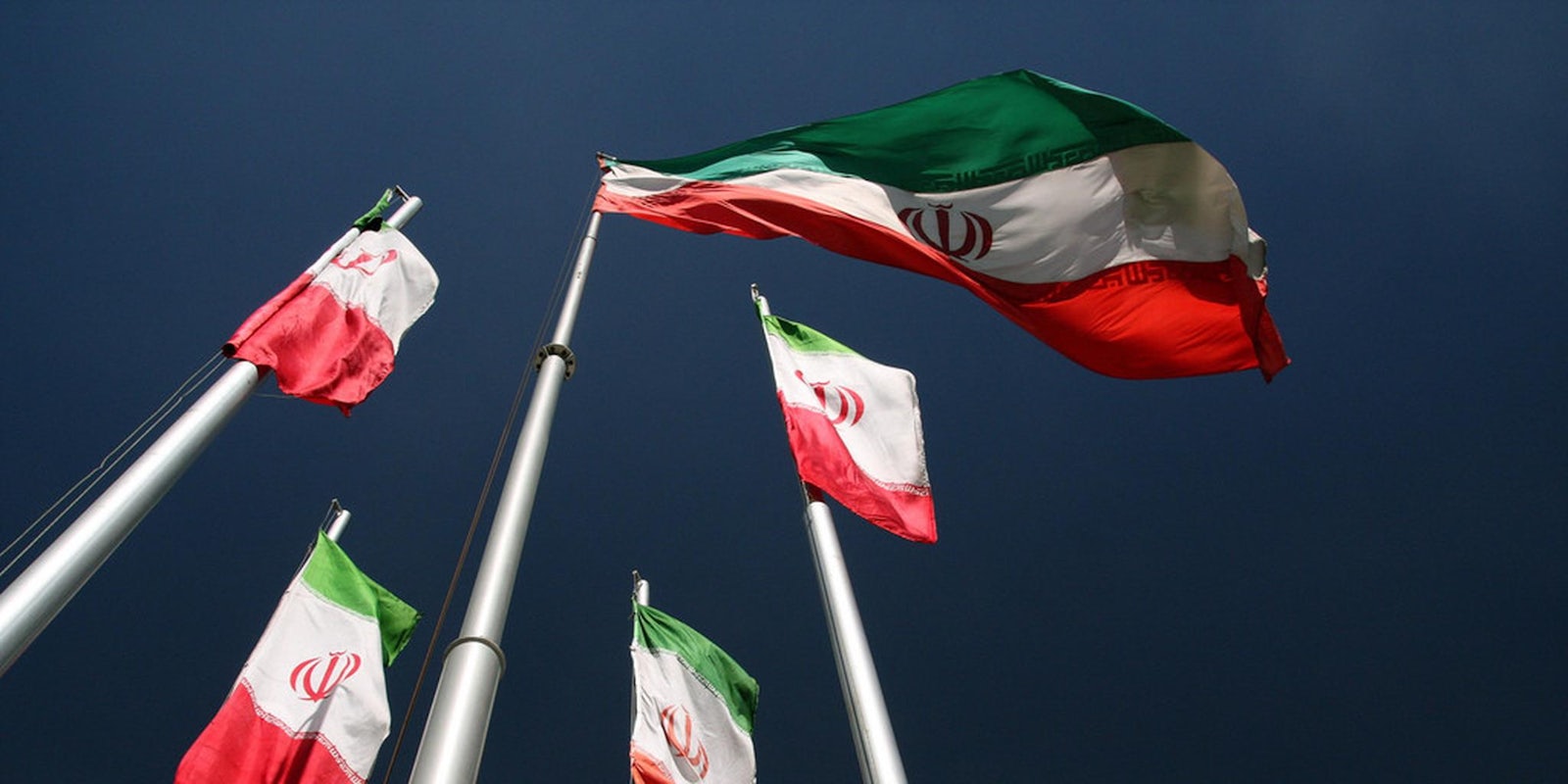Iran and the West are a few steps closer to a nuclear deal that the two sides have been intensely negotiating for over a year.
There are still significant issues that must be resolved before June, the timetable for a final agreement, but the progress announced on Thursday is a surprise for most observers.
“I am cautiously optimistic about this framework,” Sen. Harry Reid (D-Nev.) wrote on Facebook. “We must always remain vigilant about preventing Iran from getting a nuclear weapon, but there is no question that a diplomatic solution is vastly preferable to the alternatives.”
The deal does not eliminate Iran’s nuclear program but instead limits it severely, halving the number of centrifuges spinning enriched uranium at the country’s main nuclear site in Natanz in central Iran. Foreign scientists will be present at another underground enrichment site in Fordo, and bomb-making materials will be removed. A reactor in Arak will operate only in a limited capacity, not enough to make a bomb, according to the White House.
Iran, in return, will see U.S. and United Nations Security Council sanctions imposed after previous deals fell through begin to be lifted in stages as compliance is verified.
Much work on the details of the deal remain unclear, but here are the facts of the Iranian nuclear deal as they stand right now:
H/T Circa | Photo via Flickr/yeowatzup (CC BY 2.0)


